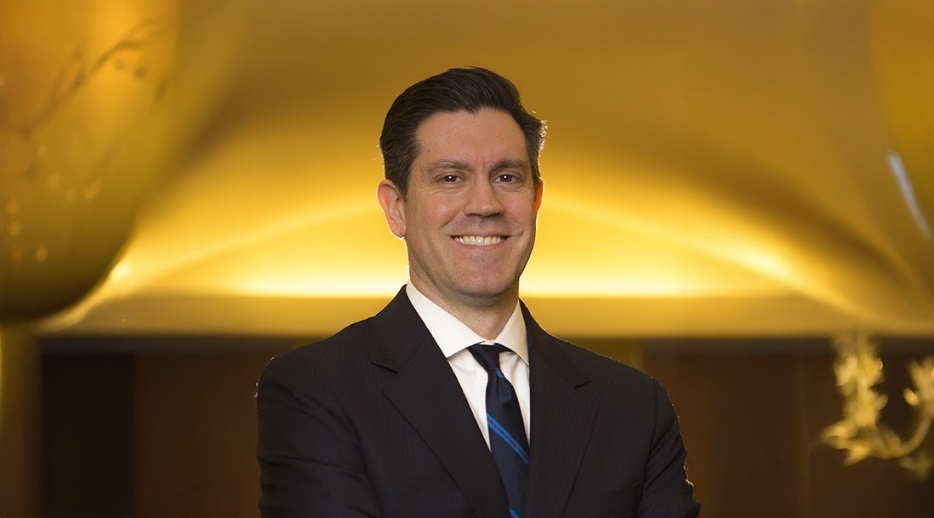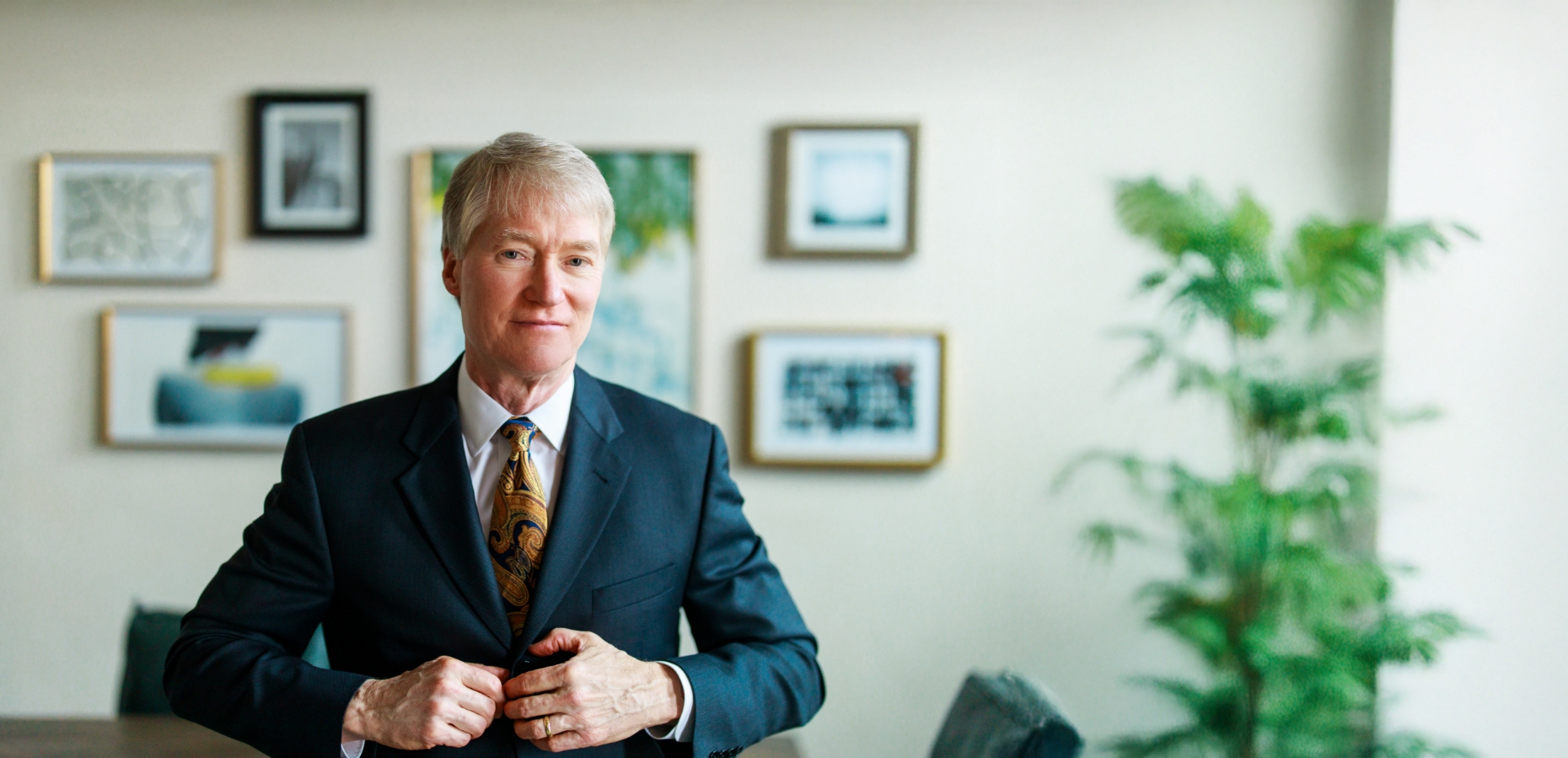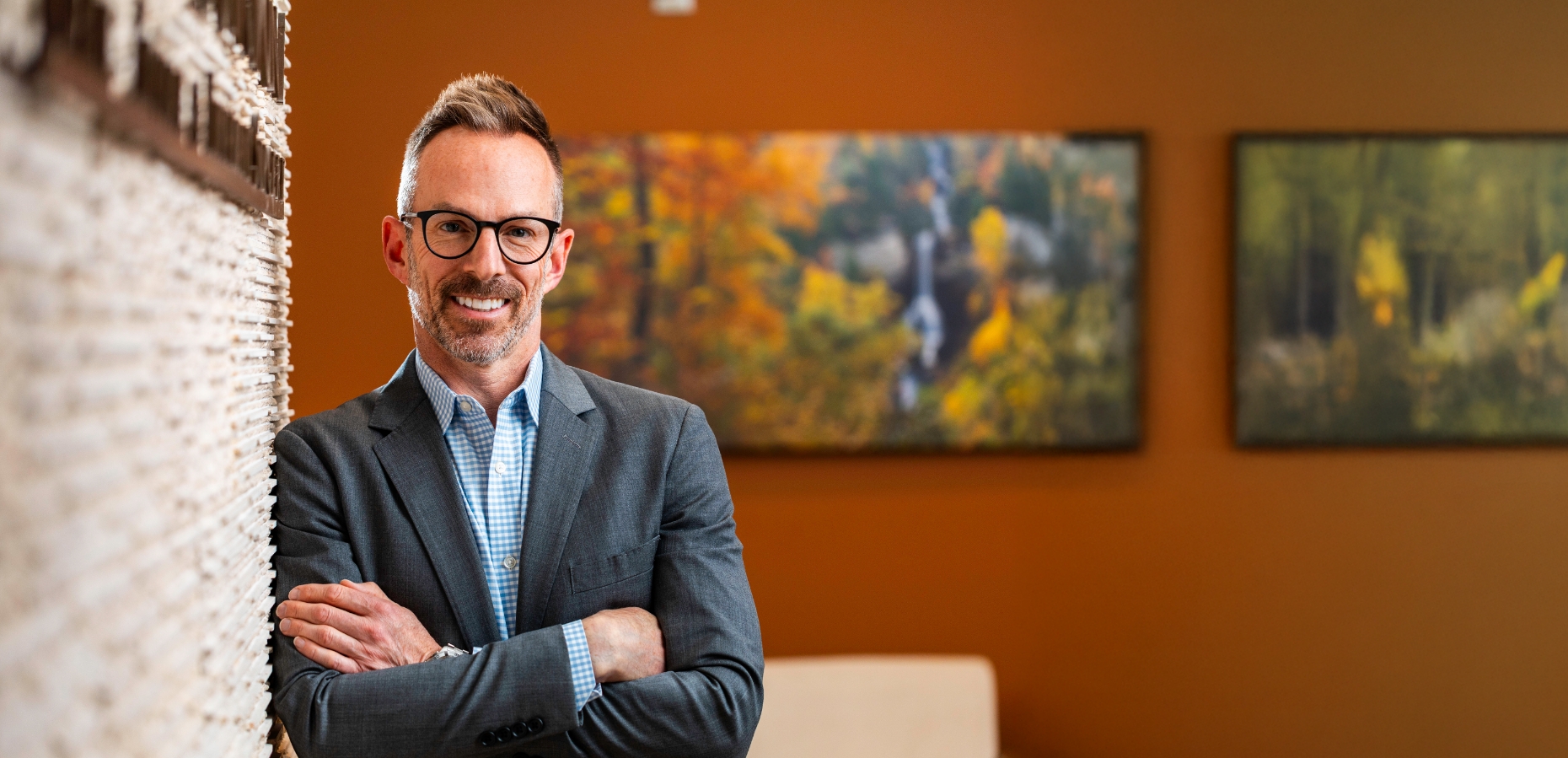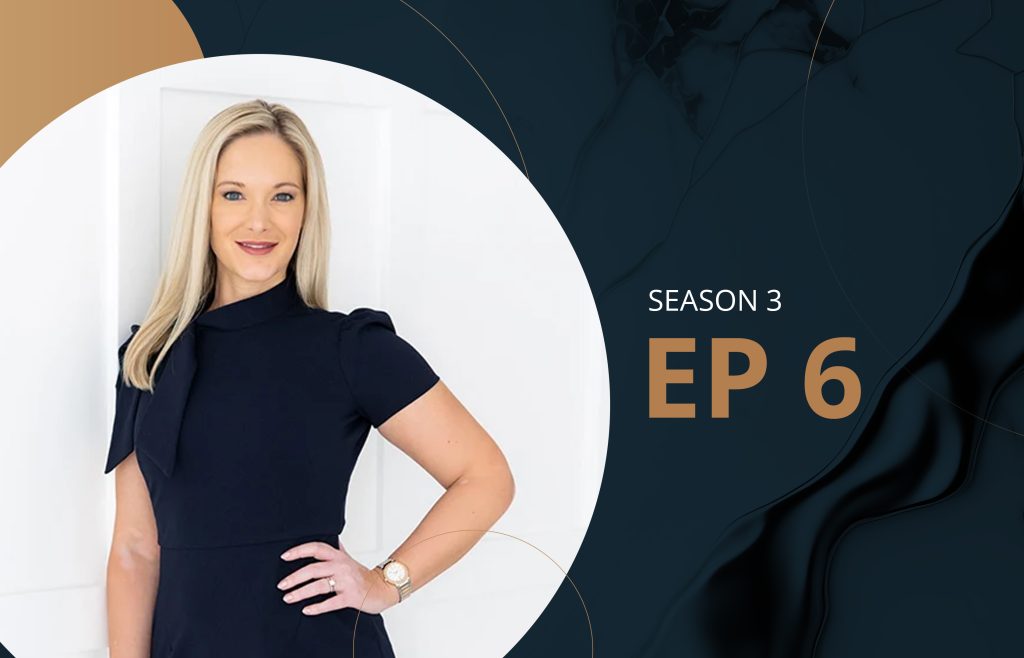In an industry that’s only two decades old but growing at breakneck speed, few have witnessed—and shaped—the evolution of medical spas quite like Alex Thiersch. As an Illinois Super Lawyer for six consecutive years and founder of the American Med Spa Association (AmSpa), Thiersch has become an essential voice in professionalizing an industry that bridges medicine and aesthetics.
In this interview, he shared insights on everything from revolutionizing trade show experiences to the serious work of establishing industry standards that could determine the future of medical aesthetics.
Question:
Alex, you’ve been recognized as an Illinois Super Lawyer for six consecutive years and founded AmSpa over a decade ago. What drew you from healthcare law into the medical spa industry?
Alex Thiersch:
I had just opened my own law firm after leaving a larger litigation firm when a nurse walked in needing help with her medical spa practice. She was facing regulatory issues, and I had never heard of medical spas before—had never been exposed to anything like it. But I could see this was an exciting, fast-growing industry that desperately needed help with compliance and regulation.
That first case opened my eyes to the challenges in this space. I initially started AmSpa as a marketing tool, providing resources to show medical spas what they needed to do to be compliant. We hit it at the right time—there were a lot of people with questions and very few answers.
Question:
Trade show attendance has been declining industry-wide. What specific innovations is AmSpa bringing to future medical spa shows to reverse this trend?
Alex Thiersch:
Live events have suffered over the past couple of years due to general macroeconomic factors and industry growth cycles. Two factors have contributed to this decline: market saturation and meeting fatigue.
Following the COVID-19 pandemic, there was significant demand for in-person professional interactions, and with increased economic activity, attendance at industry events surged. However, this enthusiasm has waned as attendees have recognized a lack of differentiation across events—similar speaker lineups, recurring themes, and overlapping objectives have led to diminishing returns on investment for participants.
AmSpa has continued to grow through all of this. We’ve grown bigger every year because medical spas remain exciting and relatively new. There’s still tremendous interest, growth, technology, and dynamism.
This year, we transformed the exhibit hall from a traditional vendor space into a comprehensive experience destination. Rather than forcing attendees to choose between educational sessions and networking with exhibitors, we strategically suspended classes for two hours to create dedicated engagement time in the hall.
We anchored the space with a centrally located members’ lounge featuring comfortable seating areas, complimentary massage services, therapy animals for stress relief, and a curated swag collection. Given the venue’s expansive layout, this lounge served as both a respite area and a natural gathering point, encouraging meaningful connections between attendees and exhibitors while addressing the physical demands of navigating a large conference space.
We also brought speakers directly into the exhibit hall to deliver sessions focused on real-world business applications, demonstrating to attendees exactly how to integrate new technologies and treatments into their practices.
By eliminating the competition between programming tracks and creating intentional downtime, we elevated the exhibit hall from a transactional environment to an integral part of the overall conference experience.
Question:
Following the John Oliver segment and Texas HB 3749, how is AmSpa helping med spa owners navigate these public perception challenges while maintaining patient safety?
Alex Thiersch:
Maintaining patient safety is the answer to public perception challenges.
The industry has experienced unprecedented growth, yet we have failed to adequately address fundamental compliance and safety concerns that have emerged alongside this expansion. The answers we are seeking are right here: prioritizing patient safety, acknowledging the medical nature of these procedures, following protocols and rules, ensuring provider training, and maintaining proper medical supervision.
The practice of allowing unsupervised personnel to perform medical procedures, such as IV administration, represents a clear regulatory violation and a patient safety risk. While negative media coverage is concerning for the industry’s reputation, recent incidents in Texas have highlighted systemic issues that regulatory bodies and industry leaders have been addressing for years. These developments underscore the urgent need for comprehensive regulatory reform and industry-wide compliance initiatives.
The truth is, med spas are safe. The issues raised by John Oliver and that tipped the scales in Texas are outliers, a very small percentage of the industry. The problem is they’re amplified because there’s no consensus pushing back to explain how we’re doing things safely and why those cases are outliers.
Question:
With increased regulatory scrutiny, how is AmSpa evolving its educational programming to help members become truly exemplary, not just compliant?
Alex Thiersch:
We’re releasing practice guidelines that show what a proper, legal, and compliant med spa looks like across all 50 states—the supervision, delegation levels, and what they need in place.
We’re also launching a credential for injectors. This addresses what a safe injector who performs neurotoxin or filler injections needs to know, including anatomy, complications, training requirements, and testing.
We also have extensive business and compliance video libraries, where you can browse by state or practice area. There are videos that show you how to run your med spa safely and compliantly, as well as clinical videos and guidance on running a profitable practice using these guidelines.
Most importantly, this year, it’s about consolidation and circling the wagons to provide a united front.
Question:
HB 3749 put AmSpa in an advocacy role. How do you balance defending the industry while acknowledging areas that need improvement?
Alex Thiersch:
This has definitely taken a 180-degree turn for me this year. Advocacy accounts for about 75% of what I’m doing now, as I bring everyone together so we can start thinking strategically. And that doesn’t just mean legislatively or through regulation—it’s about advocating for the industry to the public and creating our own narrative.
My priority this year is to advocate for industry-wide collaboration and unified messaging. We need comprehensive coordination, whether through AmSpa or other industry organizations, to develop common resources and standards. This initiative must address three critical areas: public education about the legitimate medical nature of our services, medical board outreach to demonstrate our commitment to safety and compliance, and provider education to establish clear safety protocols and best practices across all practice settings.
We can’t continue to allow a small minority to set the narrative for us, which is what’s happened.
We need the ability to point to something concrete when we say we’re safe and professional.
Question:
What’s your vision for positioning AmSpa as a thought leader that both protects and elevates the med spa profession?
Alex Thiersch:
I want AmSpa to be respected based on who we are and what we’re doing—actions speak louder than words. Every piece of content we produce, every position we take, must elevate industry professionalism through our core principles: compliance and safety. Some practitioners operating outside legal or safety parameters may disagree with our standards, but our commitment to patient safety and regulatory compliance is non-negotiable.
Our mission is to serve as the industry’s most trusted resource—not the only source, but the definitive place where all med spa professionals can access reliable, evidence-based information and guidance.
Medical aesthetics is only 20 years old, and we’re still building the foundational infrastructure, regulations, and standards. The future is being shaped now, creating an opportunity to lead responsibly. What’s particularly exciting is the evolution toward comprehensive mind-body wellness—this isn’t just about appearance, it’s about transforming lives holistically.
We want to elevate and celebrate this industry. A rising tide lifts all boats, and the more the industry is respected by the public, regulators, and medical community, the more professional and successful it becomes for everyone.






